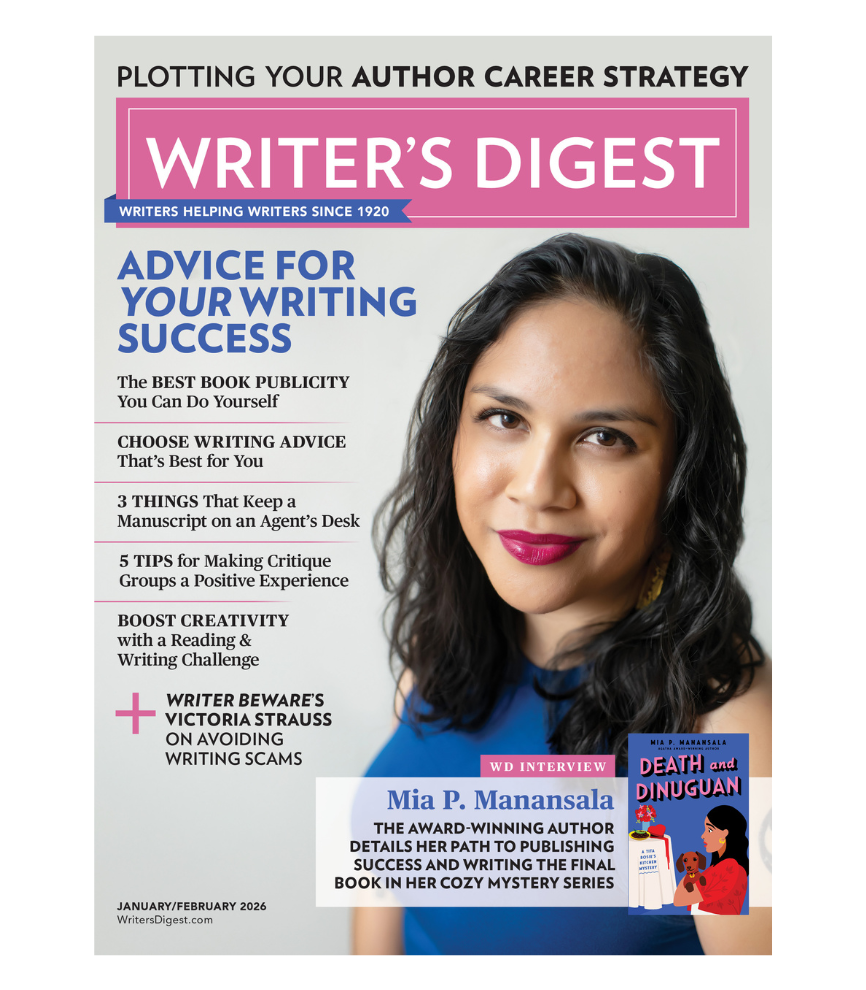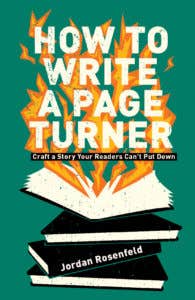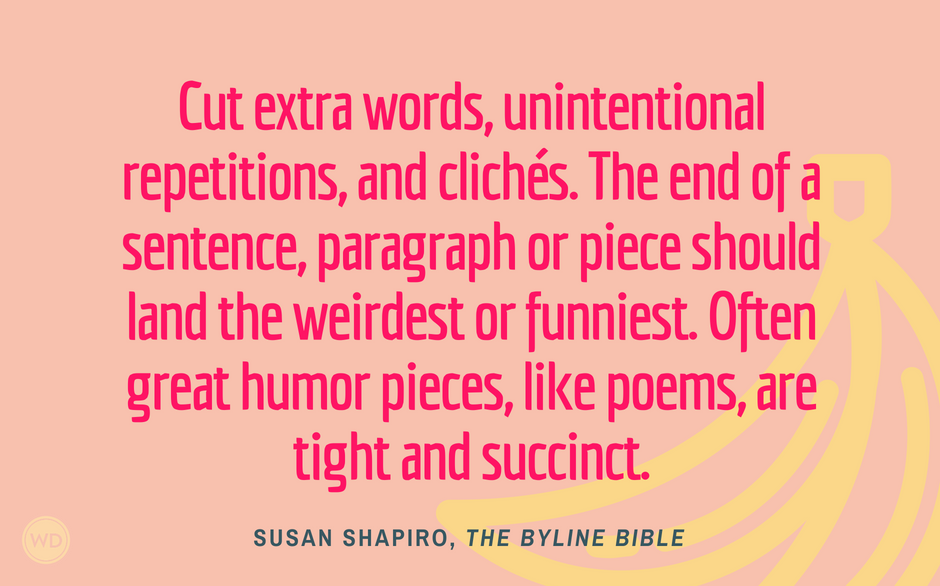The Purpose of Scenes
Scenes are never there just for “color”; they have several very important jobs to do. Most scenes don’t meet all of the criteria listed below but they should meet at least a few. Scenes are used to:
- create an emotional connection between character/s and reader
- dramatize events
- move action/plot forward
- introduce or intensify conflict
- build suspense
- create change over time
- introduce or reveal character
- introduce themes
- establish mood
- provide resolution
Creating an emotional connection
Scenes create an emotional connection for the reader by making characters and events seem real, and by giving characters recognizable, though complex, emotions. The “real” feeling comes from the reader going through the experience with the character as it’s happening in time, complete with sensory detail.
For example, if you read that Sally broke her ankle you think, too bad, without feeling anything. On the other hand, if you read a scene in which Sally, on her first day of teaching kindergarten, gives in to a little girl’s request that she try the slide, most of the elements on the above list can be accomplished:
Sally lands at the bottom of the twisty yellow slide; she hears a grinding pop in her left ankle as she lurches to the gravel. “Shit!” she yelps before she can stifle herself. She’s fallen forward on her hands and knees. Pebbles cut her palms and her ankle feels ablaze. The little girl with crooked glasses who asked her to go down the slide stands there openmouthed. Sally thinks about the tippy espadrilles she insisted on wearing that morning because they were new; she groans and lays her head in the playground dust.
You wince (I hope) in sympathy at Sally’s pain and the embarrassment this is going to bring her. You’ve connected to Sally as a person because the scene has been rendered dramatically rather than reported. As you can see, the purposes listed above work synergistically. The dramatized event moves the story action forward as a broken ankle due to an overzealous attempt to appear playful or to please a student—not to mention yelling shit in front of a kindergartener—will surely complicate Sally’s life as a new teacher, and the action itself reveals an aspect of Sally’s character—she’s a pleaser but she’s also impulsive. The scene creates immediate internal conflict caused by pain and shame, as well as the possibility of future conflict—between Sally and the school administration and perhaps a parent, not to mention struggling with a cast. The scene even creates suspense as we wonder what will be the repercussions of Sally’s actions. Change over time has taken place—Sally’s situation and perhaps our impression of her have changed over the course of the scene. Mood has been established as one of only semiseriousness—Sally’s expletive, the silliness of an adult breaking an ankle on a playground slide, and the ridiculous tippy espadrilles all combine to suggest that the story might be ironic or perhaps playful. The scene does not contain resolution (a satisfying outcome to a problem raised by the story). That would have to occur further along in the narrative, but the scene could introduce themes that will be developed later. What themes might these be from the little we know? That depends on the writer’s intention—what he wishes to emphasize as central to the meaning of the story. (Theme is not plot; theme is what the story or essay is about on its deepest level.) Possible themes, if this story continued, could include something as banal as “look before you leap” or something more complicated such as “it took an accident for Sally to discover that she wasn’t cut out to be a kindergarten teacher and that she needed to keep searching for her true calling.”
What about plot?
I mentioned above that scenes move the action forward. To clarify: Action refers to the events that happen in a scene and in the narrative as a whole—this happened, then that happened. Plot, however, is action with a cause-and-effect relationship—this happened because that happened. E.M. Forster’s famous explanation for action vs. plot goes like this:
Action = the king died and then the queen died.
Plot = the king died and then the queen died of grief.
So when we talk about scenes moving the action forward in a piece we can also say that scenes move the plot forward, as long as the events have a causal relationship. Poor Sally went down the twisty slide and broke her ankle. That’s action. Sally got in trouble with the principal and lost her job because after breaking her ankle she swore in front of a kindergartener. That’s plot. You want to make sure you use scenes rather than summary whenever you are writing about events that are particularly important to the plot. You could summarize Sally driving to school that day (action), but you want a scene for the ankle breaking and the later confrontation with the principal because of their importance to Sally’s life and the story.
Learn more about Showing & Telling by Laurie Alberts
Become a Writer's Digest VIP:
Get a 1-year pass to WritersMarket.com, a 1-year subscription to Writer's Digest magazine and 10% off all WritersDigestShop.com orders!Click here to join.









